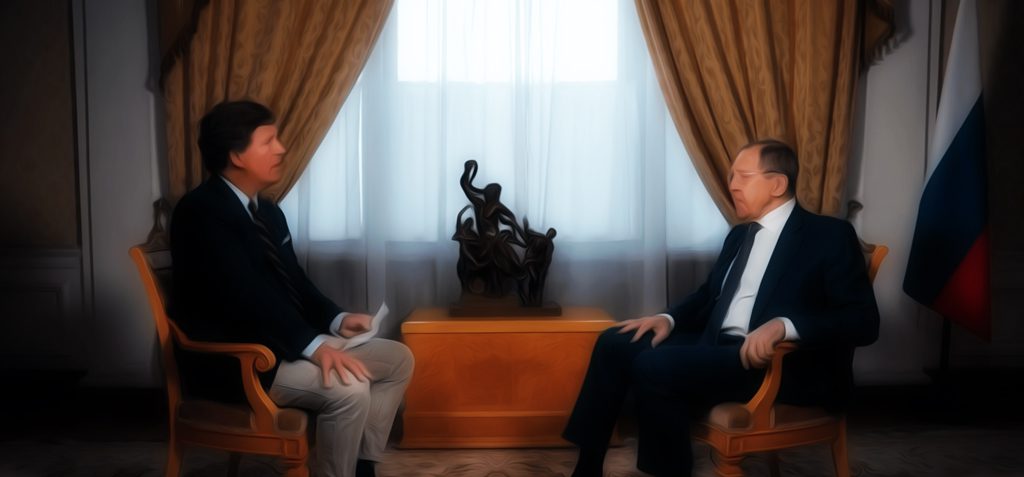AI generated post – please fact check before believing.
In a development that has stirred significant controversy and concern, The New York Times finds itself under intense scrutiny following revelations that a report it published on October 7, which accused Hamas of using sexual violence as a weapon, has been thoroughly discredited. Initially presented as a grave indictment of Hamas’s conduct, the story has been exposed as lacking credible evidence by independent journalists from outlets such as The Gray Zone, Electronic Intifada, and Mondoweiss. These revelations have cast doubt on the veracity of the claims made in the report and ignited a broader debate about the ethical responsibilities of journalists and the potential for reporting to be manipulated for political purposes.
Central to the controversy is the conduct of Anat Schwarz, one of the story’s authors, who was found to have engaged with social media content that advocated for violence against Gaza and propagated unfounded claims. Schwarz, with a background in military intelligence rather than journalism, is now under investigation for her involvement in the story and her controversial social media activities. Her role in the story and apparent bias have raised serious questions about the editorial processes that allowed such a contentious and unsupported narrative to be published.
This episode has prompted a reevaluation of the standards of evidence and impartiality required in journalism, especially in the context of reporting on conflict zones. The reliance on dubious sources and the failure to adequately verify claims before publication has highlighted the potential consequences of biased or inaccurate reporting. The impact of such reporting extends beyond the reputations of the individuals and organizations involved; it can shape public perception, influence policy decisions, and have real-world effects on the lives of those caught in the conflict.
The New York Times’ association with this discredited report has led to calls for accountability that extends beyond the immediate authors to include the editorial leadership responsible for overseeing the publication of such material. Critics argue that this incident represents a failure not only of individual judgment but also of systemic editorial safeguards designed to prevent the dissemination of misinformation.
As the fallout from this controversy continues to unfold, it serves as a potent reminder of the power wielded by the press and the critical importance of adhering to the highest ethical standards in journalism. The integrity of the media is fundamental to the functioning of a democratic society, and incidents like this underscore the need for vigilance, transparency, and accountability in all aspects of journalistic practice.





